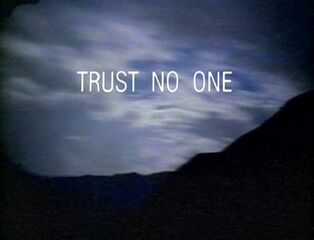When writing about lesser-known historical figures it’s tempting to insert some “stars” to keep the reader’s attention. Dee and Kelley moved in exalted circles, so I have plenty of courtiers, alchemists, nobles and other characters to play with if I so choose.
I didn’t expect William Shakespeare could be one of them.
While it’s not a stretch to suggest that the Bard was aware of Dee – many sources agree he likely based “The Tempest”‘s Prospero on him – it didn’t occur to me that he might have known him personally until I found sources that propose that Shakespeare was a spy working under the name “Francis Garland, he acted as Dee’s courier, and witnessed one of Kelley’s transmutations.
Sound implausible? I thought so too. Only Burns and Bridges have put forth a connection between the three men and even they admit it sounds farfetched.
But consider:
- Dee’s mentions of Garland in his diaries correspond with Shakespeare’s “lost years”.
- Acquaintance with Dee (and his connections) would explain Shakespeare’s apparently sudden popularity with Elizabeth’s court in 1593.
- Kelley dedicates his alchemical poem “Concerning the Philosopher’s Stone” to one “G. S. Gent.”, and Shakespeare’s Stratford-on-Avon baptismal record lists him as “Gulielmus Shaksper”.
Burns asserts that Shakespeare’s plays show familiarity with alchemical imagery and secrets; I’m no expert on Shakespeare or alchemy so I don’t feel competent to judge. She also suggests that Kelley reference to G. S. as his “especiall good Friend” might mean Shakespeare was Kelley’s student and thus an alchemist himself – again I can’t say.
Bridges theorizes a connection between Kelley and Shakespeare’s Dark Lady in his text for exhibit at the Museum of Alchemists and Magicians of Old Prague. I still can’t decide. Given multiple suggested identities for the Dark Lady, maybe one could fit. Somehow, it still smells like one connection too many.
I find the idea that “Francis Garland” was a spy the easiest to believe. Sixteenth century travel was dangerous, difficult, and rare. Any mobile, learned man would be a catch for Burleigh and Walsingham, Elizabeth I’s spymasters. If Garland was a courier this reinforces the notion that Dee and Kelley were spies as well – or perhaps being spied upon, given Burleigh’s attempts to lure Kelley back to England to make gold for his queen.
All tempting to play with, but Shakespeare’s not going to cameo in my book. I’m not writing a sixteenth century spy thriller (though that would be awesome). Also I’m in the process of deciding which secondary characters stay and which go – it’s no time to add more!
What do you think – was the Bard a spy? If so, for who and why? Or is this all wishful thinking? As ever, I’d love to hear your take.
References:
Burns, T. (2008). Francis Garland, William Shakespeare, and John Dee’s Green Language. Journal of the Western Mystery Tradition, 2(15). Retrieved from http://www.jwmt.org/v2n15/garland.html
Campbell, J. S. (2009). The Alchemical Patronage of Sir William Cecil, Lord Burghley (Awarded Research Masters Thesis). Victoria University of Wellington, Wellington, New Zealand. Retrieved from http://researcharchive.vuw.ac.nz/handle/10063/1269.
Vincent Bridges. (n.d.). [Mp3]. Retrieved from http://occultofpersonality.net/vincent-bridges/



